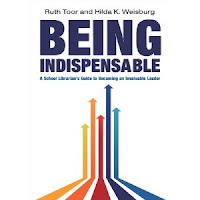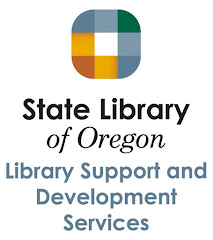 Sullivan, J. (2004). The Children's Literature Lover's Book of Lists. San Francisco, CA: Jossey-Bass. ISBN 978-0-7879-6595-2
Sullivan, J. (2004). The Children's Literature Lover's Book of Lists. San Francisco, CA: Jossey-Bass. ISBN 978-0-7879-6595-2This unique book is writeen for teachers, parents, librarians, and anyone who is seeking quality literature for children (preschoolers through grade 6). The book is filled with wide-ranging lists of titles organized by grade level, theme, and content area. This comprehensive resource simplifies your search by selecting the most useful information from websites, teacher resources, award listings, and publications that are available on children's literature.
Section One--Books for PreK through Grade 1: contains favorite classics, wordless picture books, read-alouds, concept books, animal storties, folk and fairy tales, and books about music, sience, math, sports, and more.
Section Two--Books for Grades 2 and 3: includes all time favorites, multicultural themes, biographies of historical figures, sports heros, reference books, and books to help teach poetry.
Section Three--Books for Grades 4 through 6: Offers biographies, historical fiction, poetry, science fiction, legends, and realistic fiction on social topics.
Section Four--Children's Book Awards and Recommended Literature:
Section Five--Children's Literature Websites and Teacher Resources:
(book description)










